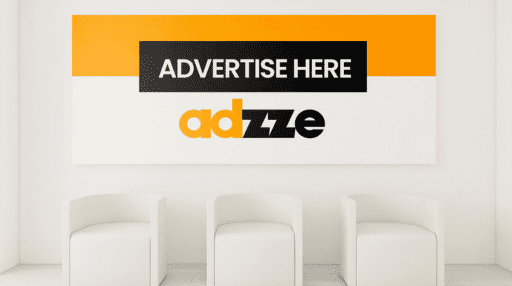
Doctors’ offices and their waiting rooms provide a unique, captive audience where advertising can be highly effective. Patients typically spend 30 minutes or more waiting for their appointments, creating an opportunity for place-based ads to capture attention.
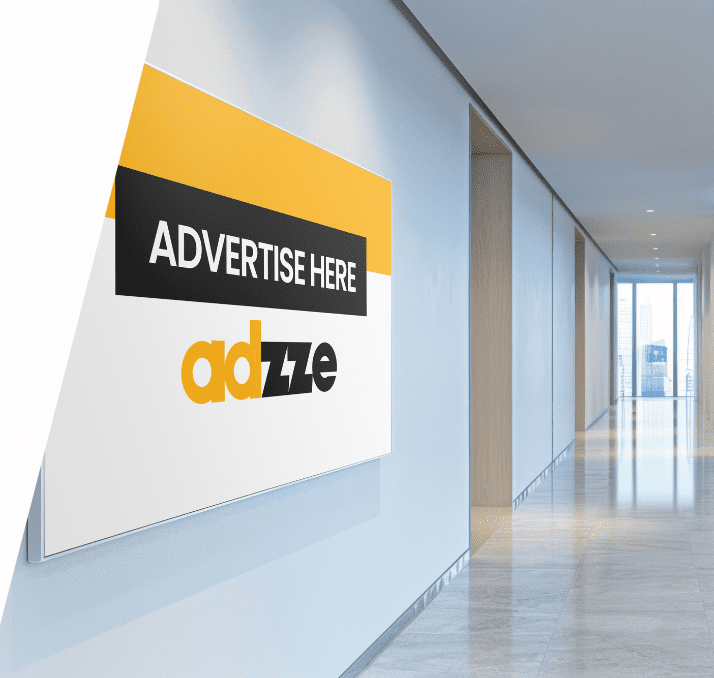
Advertising in doctors’ waiting rooms takes advantage of the 30-minute average visit time to engage a captive, health-conscious audience. Formats like branded exam paper, tissue boxes, counter cards, magazine wraps, sampling, wallboards, and take-ones deliver targeted messaging in a practical and visually appealing way. Branded exam paper and tissue boxes provide subtle yet effective exposure, while counter cards and magazine wraps ensure sustained visibility. Sampling allows hands-on engagement, and take-ones offer patients informational content to take home. With clinics seeing 6,000–7,200 visits per month, this approach can generate 40,000 to 60,000 impressions monthly, making it an impactful advertising strategy.
Impacts of doctor’s office advertising
Doctor’s office advertising effectively captures patient attention due to its contextual relevance and lack of distractions. This method builds credibility for health and wellness products, encouraging patients to trust the messages presented. Extended exposure enhances recall, with ads often viewed multiple times during a single visit.
Additionally, this strategy promotes action, such as patients asking their doctors about advertised products. By integrating QR codes into the materials, brands can encourage immediate interaction, enabling patients to access additional information, watch videos, or redeem special offers with a simple scan. The combination of high visibility, actionable elements like QR codes, and the targeted nature of the audience significantly boosts brand engagement and trust.
Doctor’s waiting rooms are an ideal environment for advertisers to engage a captive audience with highly relevant and impactful campaigns. With Adzze’s innovative advertising solutions, brands can utilize various formats to create meaningful connections while patients wait.
For brands seeking broad reach, Adzze offers campaigns with nationwide coverage, ensuring your message resonates across multiple locations. This approach is ideal for national healthcare campaigns, insurance providers, or pharmaceutical companies targeting diverse demographics.
Best For: Businesses aiming for large-scale exposure and consistent messaging across the country.
Wallboards provide bold, attention-grabbing displays in waiting rooms, ideal for delivering impactful messages. These static ads are prominently placed to maximize visibility and ensure your brand message stays in patients’ minds.
Specifics:
Bold, large-format visuals for high visibility.
Perfect for promoting new services, health tips, or upcoming events.
Best For: Healthcare providers, wellness programs, or local clinics looking to create awareness about new offerings.
Branded exam paper subtly integrates your advertising message into patient visits. With your logo or slogan printed directly on the paper, your brand becomes part of the healthcare experience.
Specifics:
Subtle, repeated exposure during medical consultations.
Builds trust by associating your brand with professional healthcare settings.
Best For: Pharmaceutical companies or health-focused brands aiming to connect with patients during their most health-conscious moments.
Tissue boxes placed in waiting rooms provide an intimate and practical advertising touchpoint. Each use reinforces your message in a subtle and personal way.
Specifics:
Practical items with consistent branding.
Enhances brand recall through repeated exposure.
Best For: Wellness brands, health insurance providers, or local clinics looking to maintain visibility in waiting rooms.
Magazines in waiting rooms are a timeless staple. Adding branded wraps ensures your message reaches an engaged audience during their downtime.
Specifics:
Customized covers with your branding or promotional message.
High visibility during prolonged dwell times.
Best For: E-commerce platforms, wellness campaigns, or educational initiatives looking to inform and engage readers.
Counter cards and take-one brochures provide quick access to information or offers. Patients can interact with the content, scanning QR codes or taking brochures for later reference.
Specifics:
Eye-catching designs for immediate attention.
Interactive elements like QR codes or coupons for added engagement.
Best For: Brands promoting health screenings, fitness memberships, or time-sensitive discounts.
Sampling provides a tangible way for brands to connect with potential customers. By offering product samples in doctor’s offices, brands can showcase their offerings directly to patients.
Specifics:
Allows patients to experience your product firsthand.
Builds trust by associating your product with health-focused settings.
Best For: Pharmaceutical companies, wellness products, or healthy snacks targeting health-conscious consumers.

Doctor’s office advertising blends cost-effectiveness with unparalleled engagement, making it a strategic choice for businesses aiming to connect with health-conscious audiences. It delivers low cost-per-thousand impressions (CPM) compared to traditional advertising channels, ensures a targeted reach, and builds a personal connection in trusted healthcare settings.
Subtle yet impactful: Unlike traditional outdoor ads, doctor’s office advertising integrates seamlessly into a professional environment. Patients waiting for appointments are naturally attentive, making it the perfect moment to engage them with your message.
Cost-effective: With low CPM rates, this advertising method offers a budget-friendly way to reach specific demographics without sacrificing quality or visibility.
High engagement: Patients spend an average of 20-30 minutes in waiting rooms, providing ample time for them to notice and interact with your message, whether it’s displayed on wallboards, magazine wraps, or digital screens.
Brand association with trust: Advertising in a healthcare setting connects your brand with wellness and credibility, fostering positive associations among consumers.
Creative execution: The options are vast—branded tissue boxes, counter cards, or QR codes that link to exclusive content or discounts. These innovative approaches make your campaign more interactive and memorable.

Rogers Behavioral Health Targets Recruits with Pizza Box Topper Campaign

How New York State Enticed City Dwellers to Belleayre Mountain with a Door Hangers Campaign
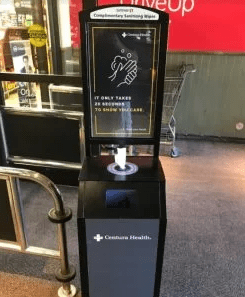
Centura Health Uses Hand Sanitizing Stations to Promote COVID-19 Vaccination

Kashi’s Bear Naked Granola Takes Over Coffee Shops with Coffee Sleeves

How Webroot Delivered Cybersecurity Awareness with In-Hand Advertising




The cost of a campaign in doctors’ offices varies depending on the size of the practice, the number of ad placements, and the type of media used. On average, monthly costs range from $200 to $600, with CPM (Cost Per Thousand Impressions) between $7 and $22. These figures include impressions generated by counter cards, take-one brochures, and wall posters, which collectively deliver 40,000 to 60,000 monthly impressions.
Response rates depend on factors like the relevance of the message, design quality, and the target audience. Since patients spend an average of 30+ minutes in waiting rooms, they are more likely to engage with ads. Research shows increased recall and interaction with materials, such as patients taking brochures home or asking their doctors about advertised products. While exact rates vary, the captive and health-conscious nature of the audience often leads to strong engagement compared to other ad formats.
Yes, media used in doctors’ office campaigns can be fully customized to align with your brand and message. Whether you’re using counter cards, take-ones, or wall posters, you can tailor the content, visuals, and calls-to-action to your target audience. Customization ensures your materials resonate with patients and effectively convey your health-focused message.
Absolutely. Doctor’s office advertising can drive traffic to digital platforms by including QR codes, website links, or social media handles on the materials. The captive audience and health-focused environment make this a great opportunity to promote online wellness tools, apps, or e-commerce platforms offering health-related products or services. This strategy builds credibility and encourages patients to engage digitally after leaving the office.
Door hanger advertising offers a unique blend of hyper-local targeting, high visibility, and cost-effectiveness, making it an underrated tool for advertisers looking to reach specific audiences. Ready to explore how this method can drive results for your brand? Request our Media Kit today to explore the possibilities further.
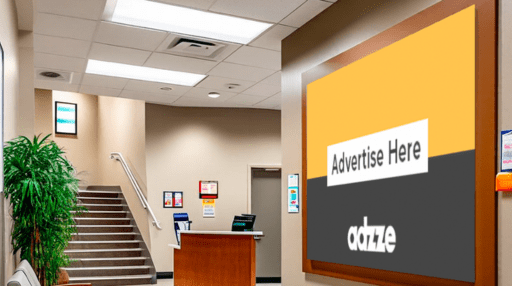
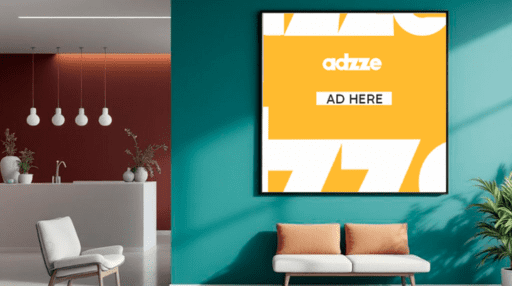
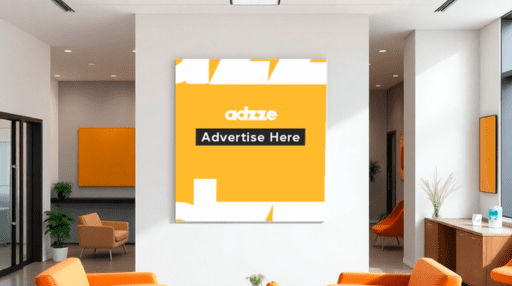
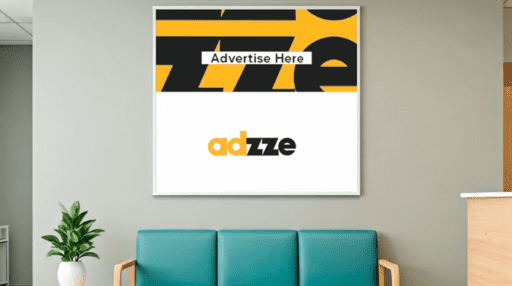
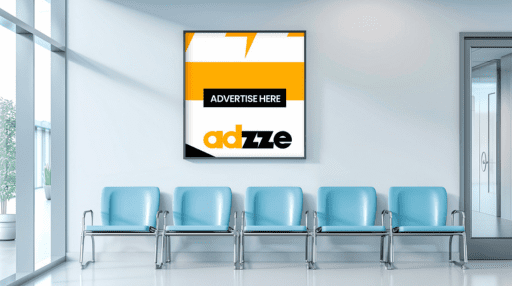

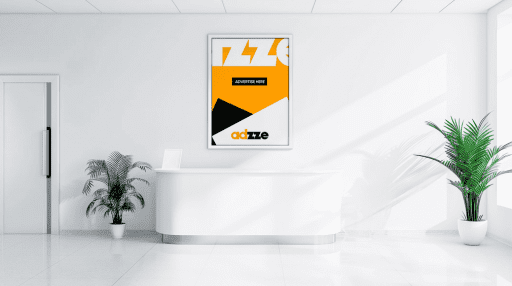
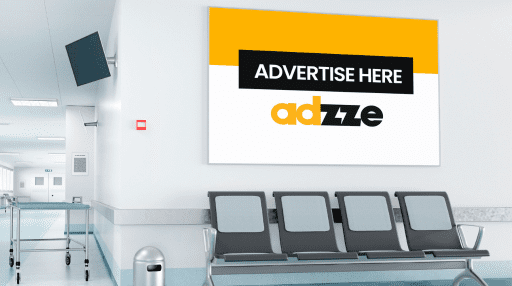

All rights reserved 2024